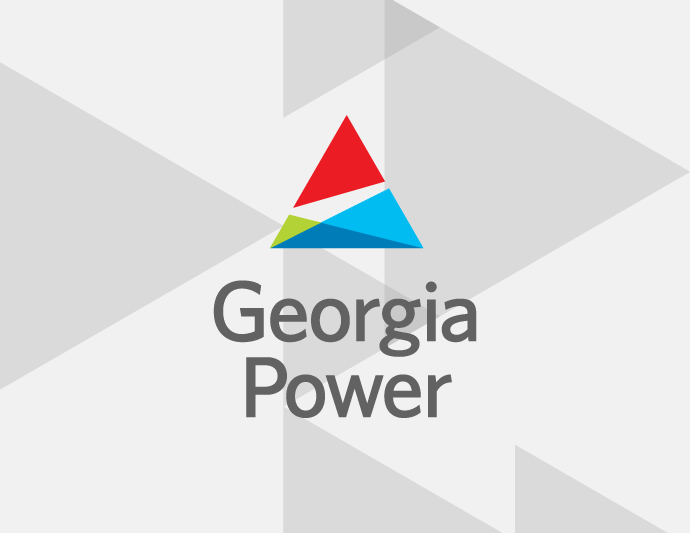ATLANTA- Georgia Power is encouraging its 2.6 million customers to prepare for an expected active Atlantic hurricane season. Forecasters predict a 60% chance of an above-normal season, as the official start of hurricane season begins today, June 1.
Georgia Power reminds customers to keep safety first during hurricane season, and take time now to ready themselves, their families and their homes. The company has launched a new video series answering some of the questions most often asked by our customers.
- What causes outages during a storm?
- What happens after a storm?
- When will my lights be back on?
- How do you get the lights back on?
- What about my food?
Georgia Power also offers tips for preparedness year-round:
- Build an emergency kit – Gather supplies that will last for several days for everyone living in your home. Don’t forget to consider the unique needs each person or pet may have in case you have to evacuate quickly. Check out Georgia Power’s video about the supplies to collect to build and maintain a robust emergency kit.
- Have an emergency plan – Talk to your friends and family about how you will communicate in an emergency.
- Understand your risks – Learn more about threats from potential emergencies around your home and business, such as flooding potential, dangerous trees and likelihood of blocked evacuation routes, and plan appropriate responses to them.
- Downed Tree Safety – Downed trees are usually the cause of an outage after a major storm. Never attempt to pull tree limbs off wires yourself.
- Generator Safety – Never use generators in an enclosed space or near open windows. They produce dangerous carbon monoxide that can’t be seen or smelled.
Severe weather can happen anytime across Georgia:
- Before a Storm: Know your risks of storm surge and tropical storm or hurricane strength winds. Check your emergency kit, unplug major appliances and charge cell phones in case you lose power.
- During a Storm: Have several ways to receive emergency notifications and weather updates. If your area is under an evacuation order, follow safety orders from local officials immediately.
- After a Storm: Never touch any downed or low-hanging wire, including telephone or TV wires that could touch a power line. Never pull tree limbs off power lines or enter areas with debris or downed trees as downed power lines may be buried in wreckage. Additionally, do not walk or drive through standing water as it may conceal live wires brought down by the storm.
Additional Tools You Can Use:
- Outage & Storm Center – Available at www.GeorgiaPower.com/Storm, customers can visit this site to sign up for Outage Alerts, report and check the status of outages, and access useful safety tips and information. Customers can report and check the status of an outage 24 hours a day by contacting Georgia Power at 888-891-0938.
- Outage Map – Housed within the Outage & Storm Center, Georgia Power’s interactive Outage Map provides near real-time information, allowing users to see where outages are occurring across the state and track estimated restoration times.
- Georgia Power Mobile App – Download the Georgia Power mobile app for Apple and Android devices to access storm and outage information on the go.
- Outage Alerts – Subscribe to the free Georgia Power Outage Alert service to receive personalized notifications and updates via text message.
Infrastructure Investment – Reliability and Resiliency
The company continually invests in infrastructure to increase the day-to-day reliability of its systems and shorten outage and repair time. The company’s use of Smart Grid technology and increased automation in recent years mean an increased ability to more quickly isolate outages that do occur to smaller numbers of customers and reroute power remotely for improved reliability.
In addition, Georgia Power’s operational plans, systems, infrastructure and generating plants are all designed to enhance the resiliency of the network to best withstand major occurrences, such as severe weather events, including tornadoes, hurricanes and extreme heat or cold. Resiliency investments include upgrading transmission and distribution infrastructure across the power grid, including making power lines more durable.









